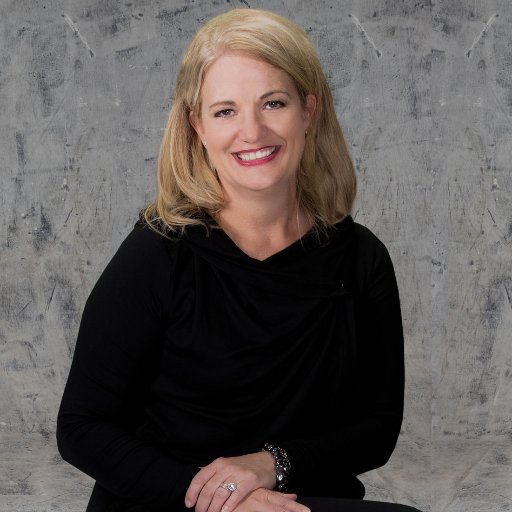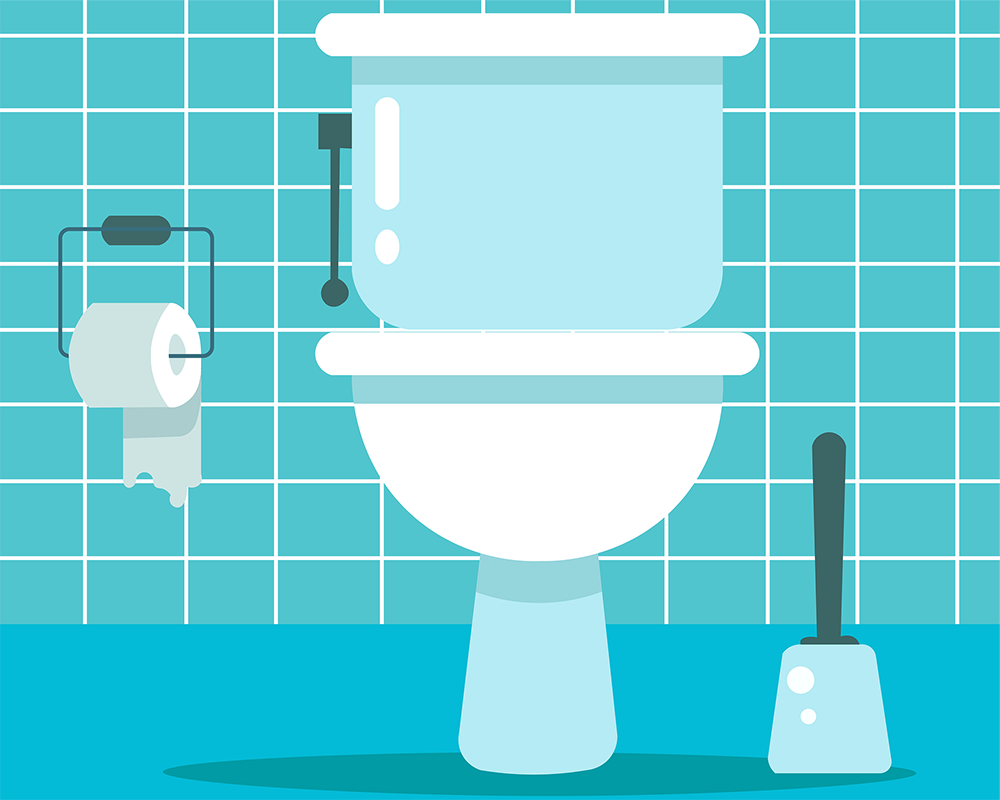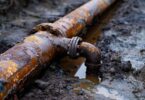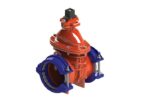Exclusive interview: H2O Global News’ Sion Geschwindt spoke with Responsible Flushing Alliance President, Lara Wyss, about the consequences of throwing non-flushable products down the toilet, and why being #flushsmart citizens can reduce sewer clogs – saving tax-payers’ money and protecting waterways.
Let’s face it, toilets aren’t exactly a conversation starter; we do our business and then try not to think about it until the next time nature calls.
While we tend to ‘flush and forget’ – that shouldn’t be an excuse to treat toilets like trash bags.
In all likelihood you have encountered a “Do Not Flush” label before, and there is a good reason why. Non-flushable products cause sewer clogs which can result in major economic and environmental costs.
Part of the problem is that many products are not clearly labelled, and there is disinformation around what is, and is not, flushable. Some consumers are simply not aware of the issue at all.
The Responsible Flushing Alliance (RFA) is an independent, non-profit trade association that strives to change this. RFA is committed to educating consumers about responsible and smart flushing habits to help reduce damage to sewage systems.
Why the fuss?
Non-flushable items, such as wipes, hygiene products, paper and nappies, are the leading cause of sewer clogs and fatbergs.
“A giant fatberg discovered in Birmingham, England, was the size of three football fields and weighed over three hundred tons!”
Never heard of a fatberg? They are giant cement-like masses that form in sewers when oil, grease and fat combine with non-biodegradable items. A giant fatberg discovered in May this year in Birmingham, England, was the size of three football fields and weighed over three hundred tons.
RFA estimates that fatbergs cost the U.S. economy around one billion dollars every year. But the impacts go beyond the obvious. Sewer clogs place added strain on the United States’ 800,000 miles of aging sewer pipes, increasing the chances of overflows.
According to the U.S. Environmental Protection Agency, there are up to 75,000 sewer overflow incidents every year in the U.S., dumping about 850 billion gallons of raw sewage into waterways.
Clearly, what you throw in the loo matters. Yet, becoming flush smart is not always straightforward.
To flush or not to flush?
Many items can cause blockages, but when it comes to sewer clog culprits – wet wipes reign supreme.
Wipes make clean-up jobs much easier (just ask any parent!) but their durability also means they cause problems down the pipe. For this reason, most of them are labelled “Do Not Flush”.
However, some companies have designed flushable alternatives, a classification causing a little confusion.
Some waste water utilities claim flushable wipes still cause blockages, and that manufacturers are not conducting rigorous testing.
Manufacturers disagree. The Association of the Nonwoven Fabrics Industry (INDA) say their test results provide scientific evidence that these wipes are safe for sewer and septic systems.
The problem is that once wipes go down the drain it is difficult to distinguish between non-flushable and flushable varieties. However, RFA points to forensic analysis that helps clear the air.
A study commissioned by the NYC Law Department in 2016, titled, Forensic Evaluation of Non-Dispersibles, identified flushed products found at two pump station inlet screens at Ward Island; one from the Bronx and one from Manhattan. The study found that 98% of the contents were non-flushable products such as baby wipes, hygiene products, and paper, with the remainder labelled ‘flushable’.
Another forensic study conducted at McMillan Pump Station, Jacksonville, Florida, in 2019, found that just 0.9% of the contents were made up of flushable items.
“99 percent of municipal sewer backups are caused by non-flushable items, such baby wipes, paper towels, cleaning wipes, and feminine hygiene products, but critics of wipes are not making a clear-cut distinction between the kind of wipes that are causing clogs, such as non-flushable baby and cleaning wipes versus flushable toilet wipes,” said Responsible Flushing Alliance President, Lara Wyss. “However, if you still don’t trust flushable wipe labelling or flushability testing standards, then throwing away wipes labelled as flushable is fine, too.”
Education is key
Wyss is an award-winning communications professional with over twenty years’ experience managing consumer education campaigns for some of the world’s top brands. She joined RFA in 2020 to educate the public on proper flushing habits.

Responsible Flushing Alliance President, Lara Wyss
“If 5 years ago you’d have told me I’d be talking about toilet flushing all day and loving it, I’d never have believed you!” said Wyss.
RFA supports proper and prominent labelling for non-flushable wet wipes using the “Do Not Flush” symbol. Through their #FlushSmart campaign, they provide information related to symbol awareness, education on what not to flush, causes of fatbergs, and other relevant issues.
“Consumers want to do what’s right for their homes and the environment, and they need clear guidance,” said Wyss. “It is very important to me that we open dialogues rather than place blame; no scolding or accusing, but rather lots of solutions and problem-solving.”
RFA hopes to dramatically reduce the problems caused by fatbergs, ease the burden on taxpayer-funded agencies, and ultimately avoid costly repairs while protecting the environment.
To do this effectively, education around responsible flushing necessitates working with everyone; from consumers to waste water utilities and local communities.
“Consumers are the key to solving the sewer clog issues facing our nation’s aging infrastructure and it’s essential that we have the support and collaboration from the manufacturers, lawmakers and key stakeholders in order to change people’s flushing habits,” said Wyss.
Creating a broad range of educational programming, materials and outreach is crucial. Their education campaigns, currently available in English and Spanish, aim to be as inclusive as possible in order to reach people of all ages and backgrounds. RFA runs monthly infographics, blog posts, and is designing an official curriculum that will be rolled out next year.
Teaching citizens to be responsible flushers can make a big difference.
“While the connection between water quality and responsible flushing may not be obvious at first glance, the two are intricately linked.”
Growing populations, aging infrastructure, urbanisation and climate change are all putting pressure on water managers. Being flush smart can make their job easier, save billions of dollars and improve water quality.
Flush Smart this Water Quality Month
August is Water Quality Month, a time to raise awareness around the importance and fragility of our water sources. While the connection between water quality and responsible flushing may not be obvious at first glance, the two are intricately linked.
Fatbergs and clogs compromise the integrity of sewer systems that are designed to transport and dispose of waste water. They cause backlogs and overflows that leak raw sewage into our waterways, compromising water quality. This poses serious health risks to humans and the environment.
It’s not just in sewers that these items are causing problems. Non-flushables have also been shown to clog and damage wastewater treatment plant pumps.
“Never flush products with the “Do Not Flush” symbol, and remember – if in doubt, leave it out.”
To combat these issues, some U.S. states are now signing labelling legislation into law, to create clear and consistent universal signage on packaging for non-flushable wipes.
By flushing responsibly, you can make a real difference. Never flush products with the “Do Not Flush” symbol, and remember – if in doubt, leave it out.
Proper disposal of fats, oils, and grease, known as ‘FOG’, will also help reduce the chances of fatbergs building up in your local sewer.
Ultimately, becoming flush smart will take time and effort. But simple acts like looking for the “Do Not Flush” symbol can make a big difference, and with the help of organisations like the RFA and strong policies to help consumers, we can collectively start unclogging the pipes – making our waterways cleaner for all.
Do you have an article that you would like to share? Submit your article here or keep up with the latest news from the water industry and wastewater industry by subscribing to our weekly newsletter.







